Sydneyphoenix
Shiny_Rock
- Joined
- Apr 4, 2021
- Messages
- 252
As I wrote elsewhere I recently bought a ruby certified by GRS as Burmese heat-only, and GRS “pigeon blood” in colour. Very clean in visual and while it’s my first ruby so nothing to compare with, lovely colour. I organised for a local appraisal just to ensure the stone i received is the one studied in 2011 by GRS.
Other than rounding errors in dimensions, size and weight are consistent; the microscopy mentions fingerprint healed fracture. Now given the stone is GRS H(a), would one expect healed fracture from either natural ruby formation, heat treatment or at worst residual from incidental borax from treating other rubies (given this fingerprint is only found at 20-30x microscopy, so minuscule), OR should I be worried that there’s more to it than simple heating and the stones got switched in last 10 years? Sorry for double posting, just that no one seem to be posting in the other thread!!
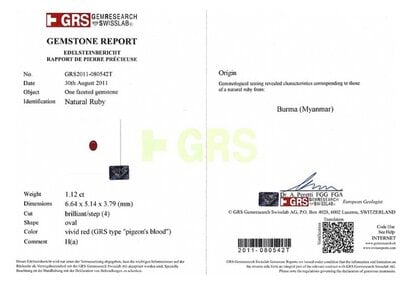
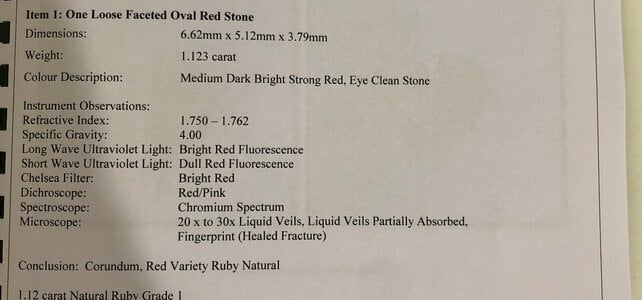
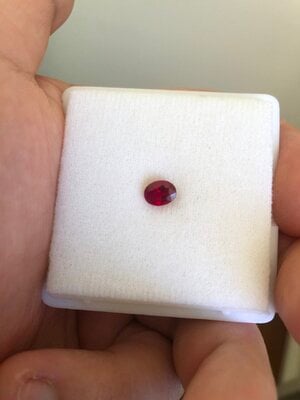
Other than rounding errors in dimensions, size and weight are consistent; the microscopy mentions fingerprint healed fracture. Now given the stone is GRS H(a), would one expect healed fracture from either natural ruby formation, heat treatment or at worst residual from incidental borax from treating other rubies (given this fingerprint is only found at 20-30x microscopy, so minuscule), OR should I be worried that there’s more to it than simple heating and the stones got switched in last 10 years? Sorry for double posting, just that no one seem to be posting in the other thread!!







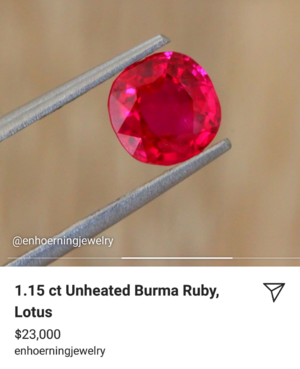
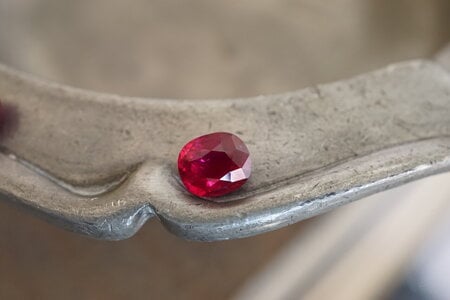
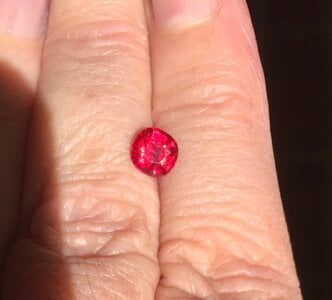
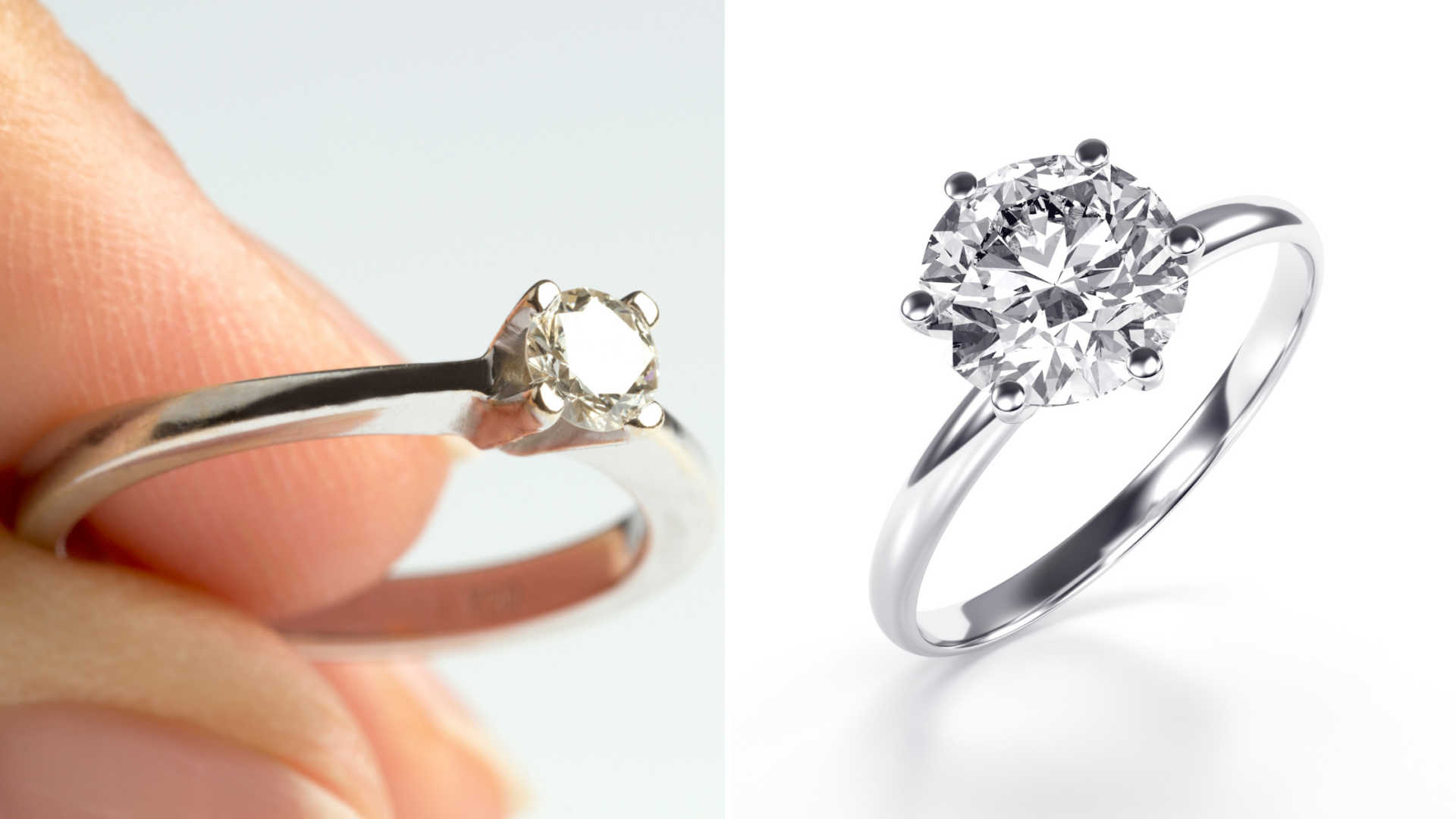

300x240.png)